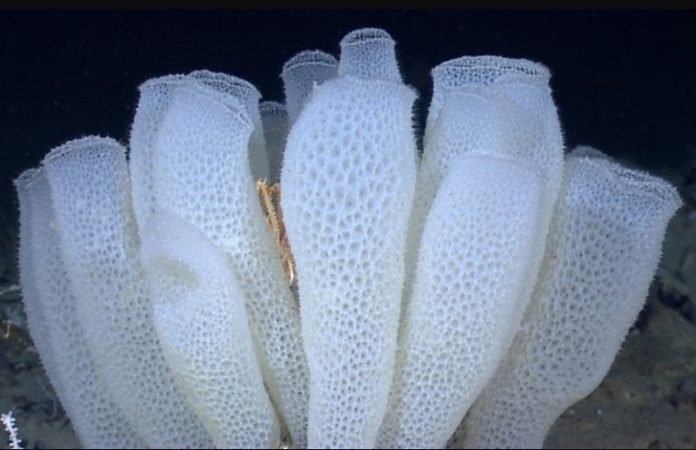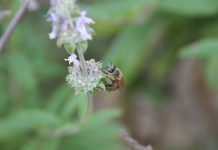
When we think about sponges, we tend to think of something soft and squishy.
But researchers at Harvard University are using the glassy skeletons of marine sponges as inspiration for the next generation of stronger and taller buildings, longer bridges and lighter spacecraft.
In a U.S. National Science Foundation-funded study published in Nature Materials, the scientists showed that the latticelike skeletal structure of Euplectella aspergillum, a deep-water marine sponge, has a higher strength-to-weight ratio than traditional lattice designs that have been used for centuries in the construction of buildings and bridges.
“We found that the sponge’s diagonal reinforcement strategy achieves the highest buckling resistance for a given amount of material, which means that we can build stronger and more resilient structures by rearranging existing material in the structure,” said Matheus Fernandes, first author of the paper.
If you’ve ever walked through a covered bridge or put together a metal storage shelf, you’ve seen diagonal lattice architectures.
This type of design uses many small, closely spaced diagonal beams to distribute applied loads evenly.
The geometry was patented in the early 1800s by the architect and civil engineer Ithiel Town, who wanted a method to make sturdy bridges out of lightweight and cheap materials.
“Town developed a simple, cost-effective way to stabilize square lattice structures, which is used to this very day,” said Fernandes.
“It gets the job done, but it’s not optimal, leading to wasted or redundant material and a cap on how tall we can build.
One of the main questions driving this research was, Can we make these structures more efficient, ultimately using less material to achieve the same strength?”
Luckily, the glass sponges, the group to which E. aspergillum — otherwise known as the Venus’ Flower Basket — belongs, had a nearly half billion-year head start on the research and development side of things.
To support its tubular body, E. aspergillum employs two sets of parallel diagonal skeletal struts that intersect over and are fused to an underlying square grid, creating a robust checkerboard-like pattern.
“The structures of marine sponges inspire not only skyscrapers and bridges, but have the potential to accelerate the discovery and development of lightweight, porous materials with superior mechanical properties,” said Peter Anderson, a program director in NSF’s Division of Materials Research.



